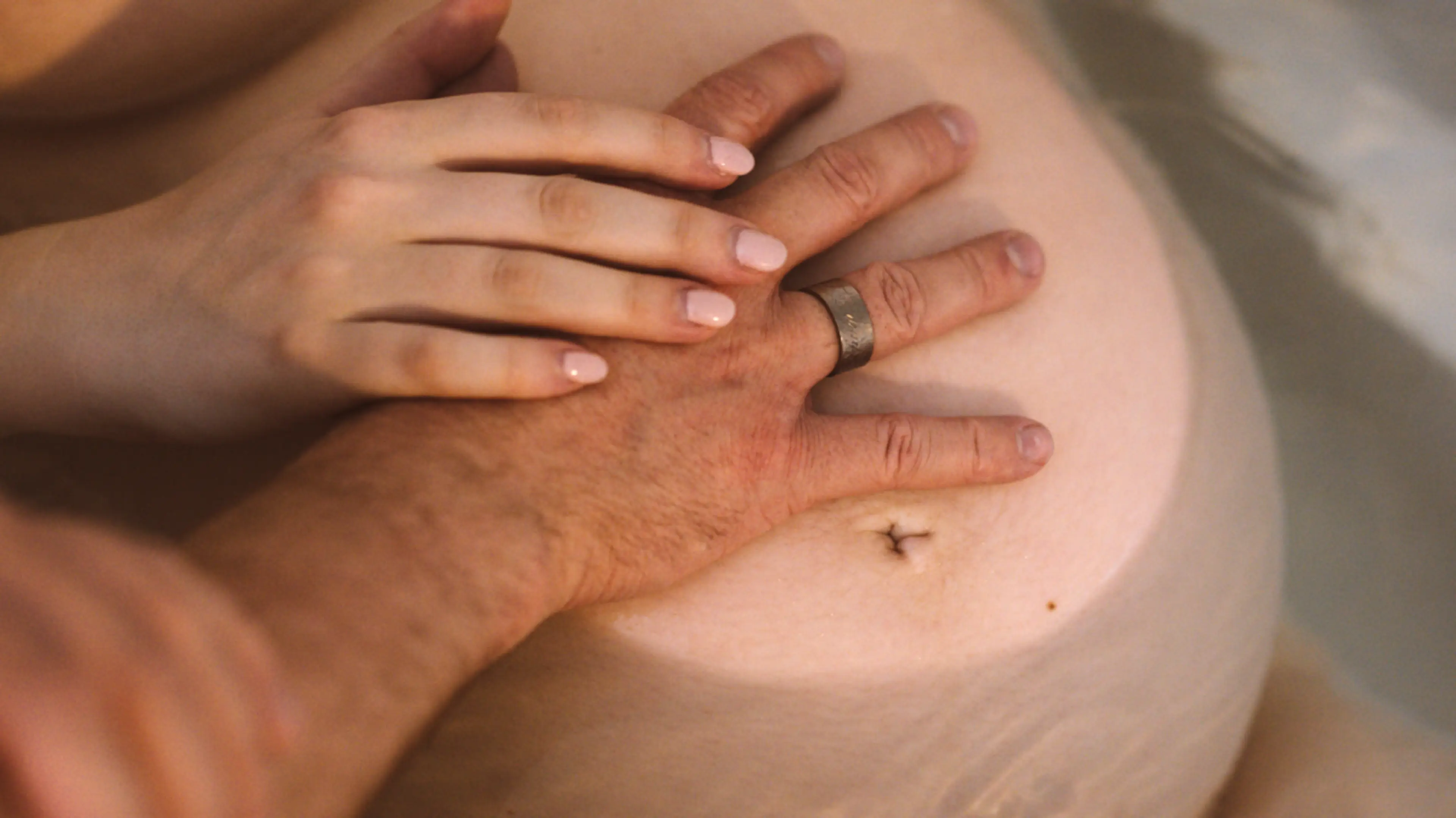After so many months of waiting, the days can start to feel longer and longer as you get later in pregnancy. You’re ready to meet your baby (and see your feet again), but you aren’t sure exactly when they will make an appearance.
While your due date is an educated guess about when you’ll give birth, many people go into labor before or after that day. In fact, only about four percent1 of babies are born on their due dates, with most of the rest of births happening between 37 week pregnant and 42 weeks pregnant.
So what are the signs you’re in labor?
What Happens During Early Labor
Before active labor starts, you may notice some early signs that your body is gearing up for baby’s arrival. Keep in mind that these signs don’t mean a baby is coming immediately; early labor can sometimes last several days2 before active labor begins.
The Baby Drops
As your baby prepares to enter the birth canal, they’ll move lower in your pelvis (a move called “lightening”). Now that the baby is resting lower down, you’ll feel less pressure in your ribcage and likely be able to breathe easier, but you might start to feel more pressure or pain in your pelvic area.. “Dropping may occur a few weeks before labor, or just a few hours prior,” Dr. Rodney Wise, ACOG fellow and Market Chief Medical Officer at AmeriHealth Caritas, tells Babylist. Of course, some babies stay put until the big day, so don’t worry if your baby is still sitting up high.
Cervical Changes
Your cervix will also undergo some changes as it gets ready to open for your baby’s arrival. You probably won’t be able to feel this happening, so your doctor or midwife may start doing internal exams as you approach your due date to check your cervix for dilation (the opening of the cervix, which is measured in centimeters) and effacement (the thinning of the cervix, which is measured in percentage).
During labor, your cervix will dilate from one centimeter all the way to 10. For some people, this process starts days or even weeks before they give birth, while for others it can happen within just hours.
Braxton Hicks Increase
Braxton Hicks contractions, or “practice contractions,” can start any time in the third trimester (or even in the later weeks of the second trimester) as your uterus gets ready for the real thing. Your muscles will involuntarily tighten, making your belly feel hard to the touch.
While they do serve a pre-labor purpose, don’t think that Braxton-Hicks contractions signal labor is about to start. “They can last for weeks before giving birth,” Al Bradlea, Dona-certified doula and lactation consultant, tells Babylist.
As labor starts, the Braxton Hicks contractions will subside and real contractions will begin. You can tell the difference3 because true contractions don’t ease up if you change positions or start moving around, and they get more intense and frequent with time.
What Happens During Active Labor
“The body naturally prepares us for labor in a lot of ways, but sure-tell signs of labor include contractions that last for longer than an hour, bloody show and the water breaking,” says birth and postpartum doula Emilie Rodriguez4 .
Contractions
As labor begins, you’ll start to have true contractions. For many people, they first feel like cramps in the lower back or abdomen, and they may start out pretty far apart, maybe just one or two per hour. You might find that moving, stretching or soaking in the tub makes the contractions more comfortable, but it won’t slow them down. If you’re in labor, your contractions will get more frequent as things progress.
“True labor contractions are relentless and get more painful and more frequent with time,” Dr. Sara Twogood, board certified ob-gyn and co-founder of Female Health Education5 , tells Babylist. “It can feel like a very tight squeeze, like being squished between cars, and then alleviate in a minute or so.”
Contractions Increase
Once you’ve determined that you’re having actual contractions, you’ll want to start timing them. There are many helpful phone apps for iPhone and Android that can do this for you, but a simple stopwatch will work too. Record how long each contraction lasts, and how long it takes for the next one to begin.
Remember the numbers 5-1-1: If your contractions are five minutes apart and one minute long for at least one hour, it’s a good time to head to the hospital, or at least give your doctor or midwife a call.
Bloody Show
The mucus plug seals off the opening of your cervix to keep bacteria out of your uterus while baby is developing.
When labor starts, you may shed this mucus plug in what’s sometimes called the “bloody show”—but don’t let the name worry you. All that means is you might see some thick pink discharge when it dislodges, or you might not. “Not everyone has a bloody show,” midwife Evaly Long tells Babylist. “Not experiencing this is not a sign that anything is wrong.”
It’s also worth noting that you might see the “show” without experiencing labor for several more days (if not weeks). It doesn’t always mean labor is imminent. But if you do see bright red blood, check in with your doctor.
Your Water Breaks
Most Hollywood portrayals of a pregnant person’s water breaking show a gush of fluid spilling all over the floor. Rest assured, that level of water-breaking drama is not typical for most pregnancies, though it can happen. More likely, if your water—the protective sac of amniotic fluid around your baby—breaks at all, you will notice a trickle that doesn’t stop when you squeeze your muscles (it may feel like you’ve peed yourself). If your water does break in a trickle or gush, call your doctor—they’ll probably want you to head to the hospital.
But sometimes labor begins without any water breaking, in which case your doctor may manually break your water6 once you’re at the hospital. (Don’t worry, it doesn’t hurt.) On very rare occasions, babies can be born with the amniotic sac intact, which is known as en caul birth7 .
Relax! But When in Doubt, Get Checked Out
Labor can be fairly long—typically anywhere from eight to 18 hours8 , or even longer—so even after you’re sure yours has started, you may have some time to relax. If you’re worried though, or if things are progressing quickly, call your doctor and check in. You’ll be meeting your baby before you know it!











